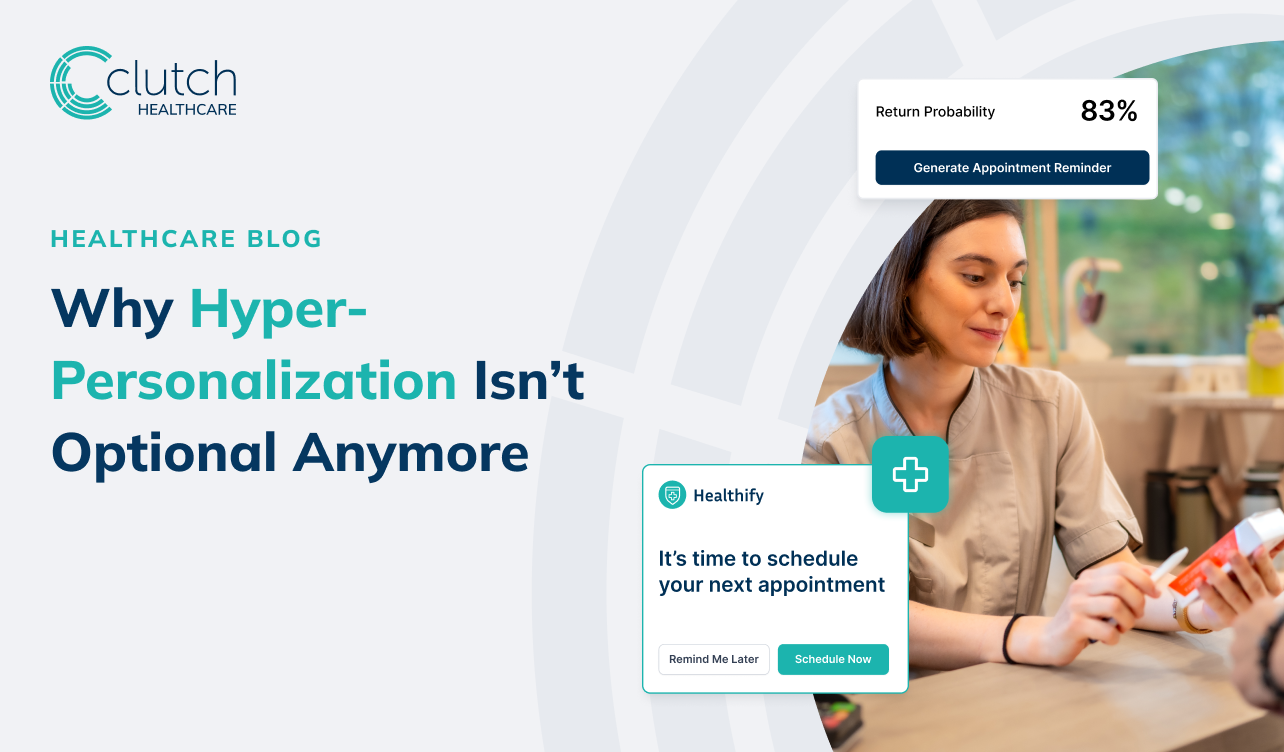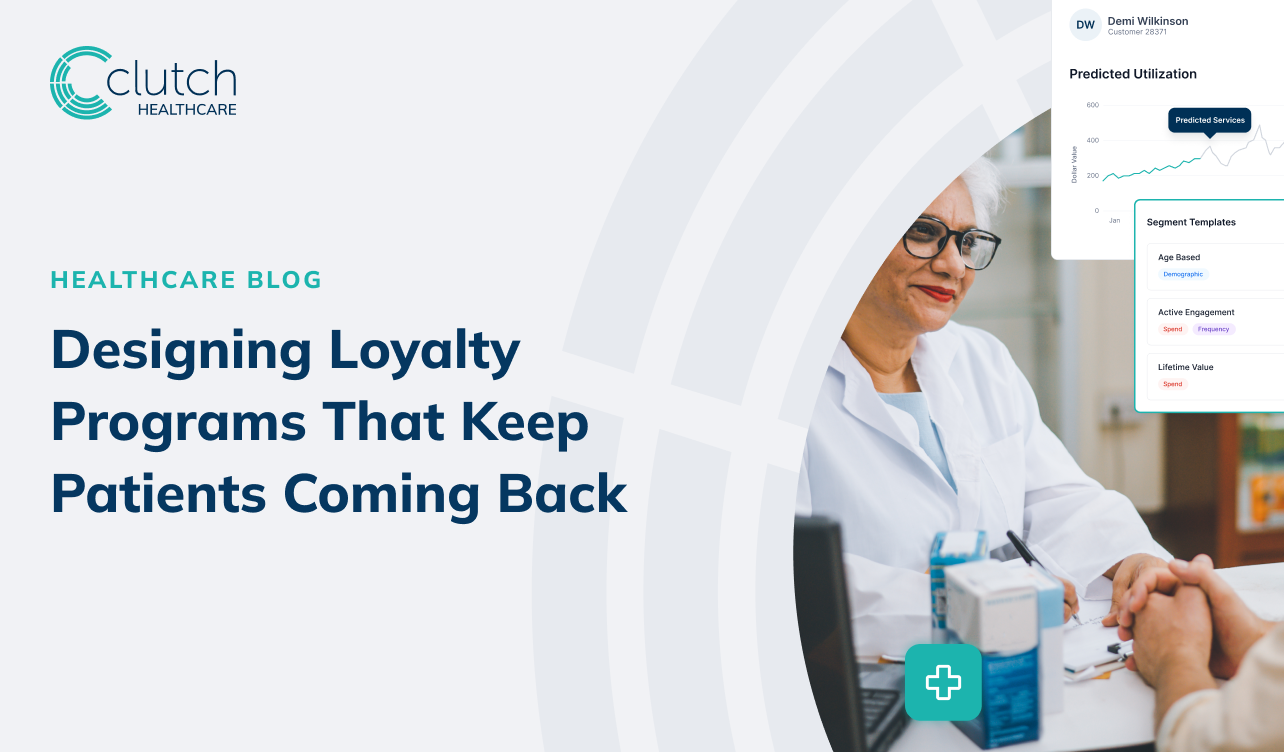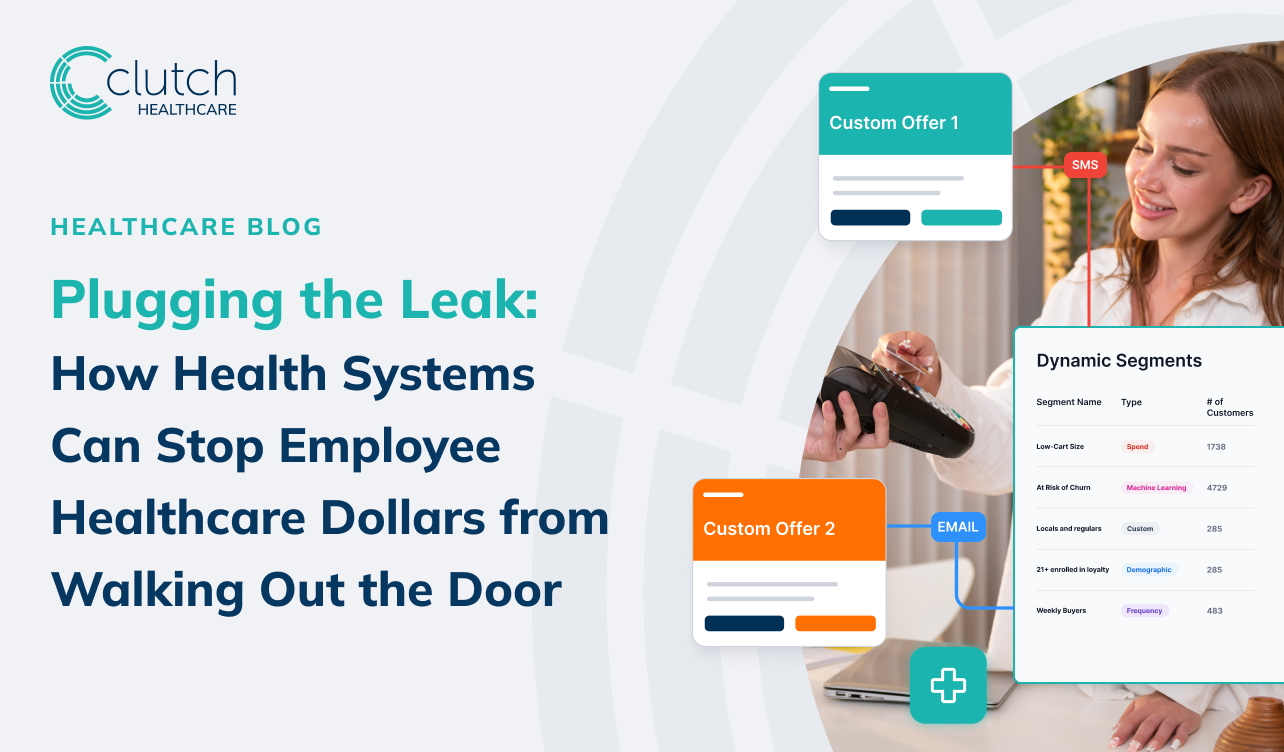Why Hyper-Personalization Isn't Optional Anymore

In an era where Netflix knows what you want to watch before you do, and Amazon suggests your next purchase with unnerving accuracy, people expect the same level of personalization in every aspect of their lives - including healthcare. Yet, most healthcare experiences are still stuck in a generic, one-size-fits-all model. That gap isn’t just inconvenient; it's costing the industry in loyalty, outcomes, and revenue.
Hyper-personalization is not just a buzzword. It’s the next competitive advantage for healthcare organizations that want to engage consumers, retain members, and actually move the needle on outcomes. It means using real-time data, behavioral insights, and predictive analytics to tailor every interaction, communication, and care recommendation to the individual. And no, this isn’t just about slapping someone’s name on an email. It’s about relevance. Timeliness. Precision.
Healthcare Is Still Playing Catch-Up
In retail, hyper-personalization drives conversions and brand loyalty. In healthcare, it should drive engagement and trust. But most systems are years behind. Portals that feel like they were built in 2005. Communication that arrives weeks late. Recommendations that ignore a patient’s preferences or health literacy level.
People are tired. Tired of repeating their medical history. Tired of phone trees. Tired of feeling like a number. They’re comparing your digital front door to Uber, not to the clinic down the road. If your experience isn't intuitive, proactive, and personalized, you're losing ground.
And let’s not forget the emotional context. Every healthcare interaction carries a weight of fear, anxiety, or uncertainty. Whether it's waiting on test results, navigating a diagnosis, or dealing with an insurance denial, people are stressed. Generic responses don’t help—they frustrate. Personalization, when done right, can ease that emotional burden. It can say, “We know what you’re going through, and we’re here to guide you.” That kind of support builds trust, which is foundational in healthcare.
The Business Case Is Blunt
Let’s be clear: hyper-personalization isn’t a nice-to-have. It’s a bottom-line imperative. Personalized outreach drives higher engagement in preventive care. That lowers costs. Predictive nudges can catch issues before they become ER visits. That protects margins. Customized digital journeys reduce churn, improve satisfaction, and increase member retention. That builds lifetime value.
ROI isn’t hypothetical:
- Aetna saw a 14% increase in preventive screenings by using personalized outreach tied to member data and preferences.
- Kaiser Permanente reported a 22% improvement in medication adherence through personalized digital reminders.
- A Medicare Advantage plan used hyper-personalized call campaigns and saw a 12% lift in Stars ratings, directly influencing millions in bonus payments.
- A regional provider group achieved a 30% reduction in no-shows after switching to personalized appointment reminders that adjusted messaging based on patient behavior and time preferences.
If you’re running a health plan, provider group, or virtual care platform, and you’re not using data to deliver personalized, contextual experiences, you’re leaving money on the table. Worse, you’re inviting competitors—especially retail disruptors—to do it better.
Real Examples, Real Impact
Look at CVS and Walgreens. They’re not just selling products; they’re building platforms that know your refill patterns, your chronic conditions, and your preferred communication channels. They’re pushing personalized health recommendations and making it easy to act. That’s not accidental. It’s strategic personalization aimed at making people stick.
Or consider startups like Livongo (now part of Teladoc). They didn’t win because their tech was dazzling. They won because they understood behavior. Real-time glucose readings plus tailored nudges led to higher engagement and better outcomes. It felt human, even though it was tech-driven.
Data Without Action Is Useless
Many healthcare orgs have data lakes so deep they can drown in them. But they don’t use the data to personalize. Why? Fear of regulation. Fragmented systems. Lack of vision. But these are excuses, not reasons. Compliance isn’t the enemy of personalization. Irrelevance is.
The winners will be those who can synthesize claims, EHR data, SDOH inputs, and user behavior into timely, meaningful, individual actions. And who can deliver those actions in ways that feel seamless, not creepy.
Make It About the Member, Not the Model
At the end of the day, hyper-personalization works because it centers on the person, not the process. It says, "We see you. We get you. Here’s what you need next."
You don’t need a moonshot to get started. A few smart tweaks—like dynamic content in emails, smart segmentation for outreach, or adaptive care journeys in your app—can drive measurable lift. The ROI isn’t abstract; it shows up in activation rates, appointment follow-through, medication adherence, and NPS.
Bottom Line: Personalization Builds Loyalty and Outcomes
Healthcare is personal. If your system isn’t, you’re out of sync. Hyper-personalization isn’t about technology for technology’s sake. It’s about using data to actually serve people better—as individuals, not cohorts.
In a marketplace where switching providers or health plans is easier than ever, personalization isn’t a differentiator. It’s the price of admission. You can either design for loyalty and outcomes now or get disrupted by those who do.
Your move.



